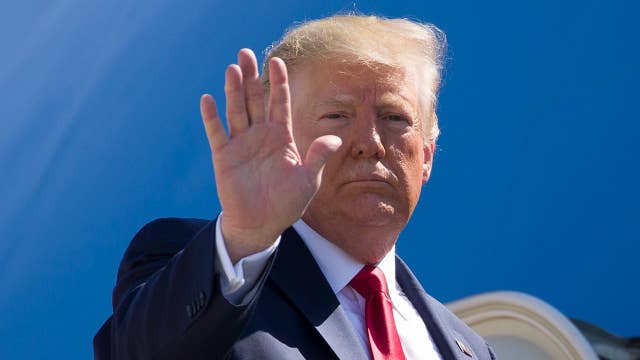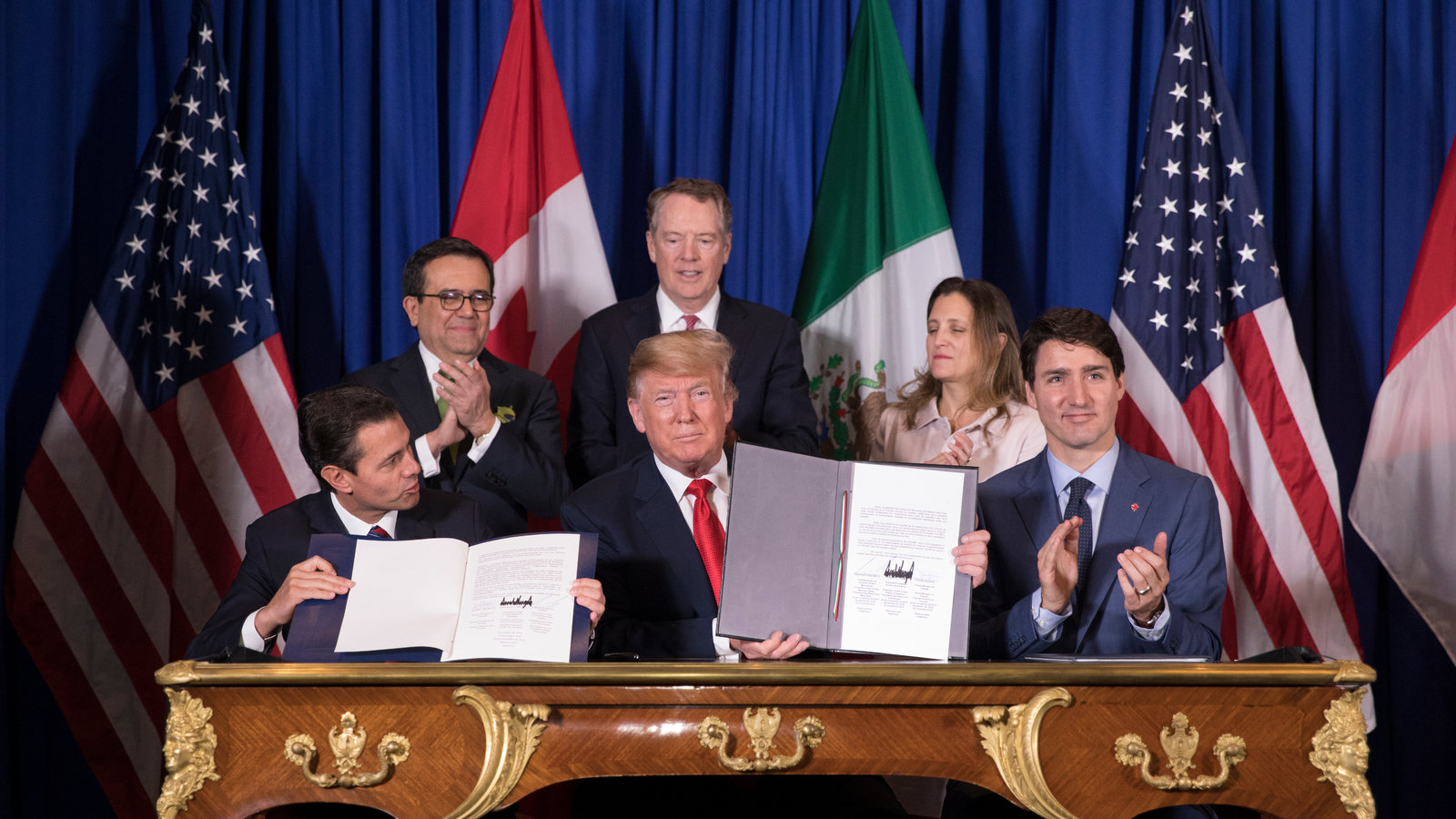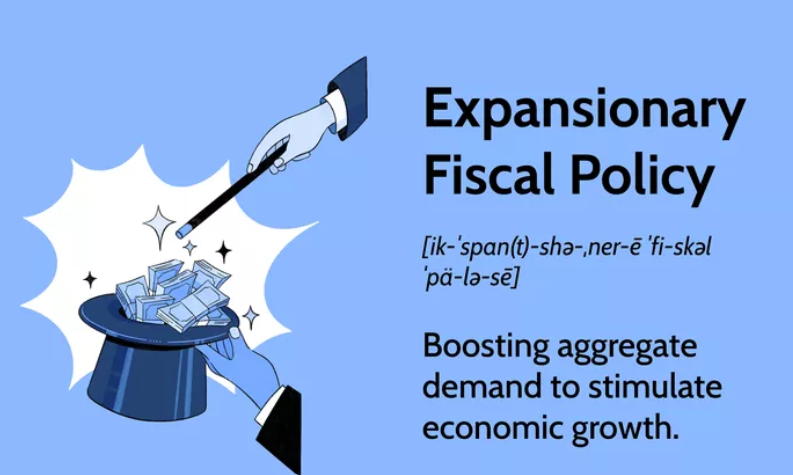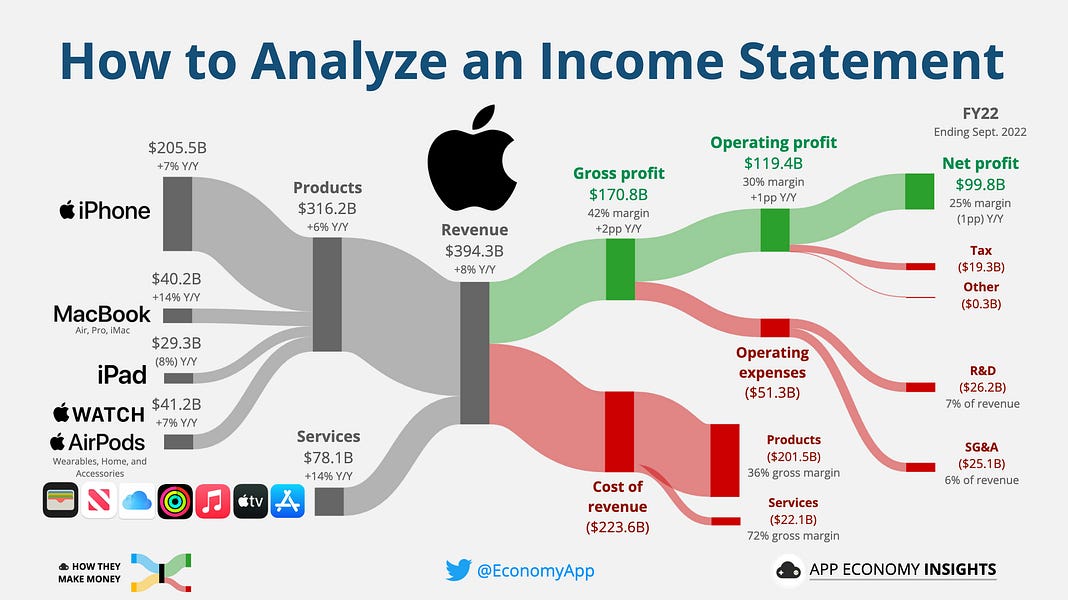Analysis: Trump's Trade Policy And The Downplaying Of Economic Risks

Table of Contents
The "America First" Approach and its Impact on Global Trade Relationships
The core tenet of Trump's "America First" trade policy was the belief that unilateral action, prioritizing American interests above all else, would lead to a more favorable balance of trade. This approach manifested itself primarily through the imposition of tariffs on a wide range of goods imported from key trading partners. These actions significantly altered the landscape of global trade relationships.
The imposition of tariffs targeted various industries and countries. Significant tariffs were levied on steel and aluminum imports from numerous countries, impacting global supply chains. The most significant trade dispute, however, was with China. This resulted in a series of escalating tariffs on billions of dollars worth of goods, impacting sectors ranging from consumer electronics to agricultural products.
- Specific examples of tariffs imposed and their targeted industries: Tariffs on steel and aluminum (multiple countries), tariffs on Chinese goods (electronics, agricultural products, manufactured goods).
- Analysis of retaliatory tariffs imposed by other countries: China, the European Union, Canada, and Mexico all imposed retaliatory tariffs on US goods, leading to a decline in bilateral trade.
- Quantifiable data on the impact on trade volumes between the US and specific countries: Data from the US Census Bureau and other sources demonstrate a significant decline in trade volume between the US and several key trading partners during this period. Precise figures vary depending on the sector and country, but the overall trend is clear.
Underestimation of Economic Risks: The Case of the US-China Trade War
The escalating trade war with China serves as a prime example of the underestimation of economic risks inherent in Trump's trade policy. While the administration argued that tariffs would pressure China into fairer trade practices, the reality was far more complex. The trade war led to significant economic consequences for both the US and China, and ripple effects were felt globally.
The predicted consequences, largely downplayed by the Trump administration, included increased prices for consumers, supply chain disruptions, and uncertainty for businesses. The actual consequences largely mirrored these predictions.
- Impact on US businesses and consumers (e.g., increased prices, supply chain disruptions): Tariffs led to increased prices for numerous goods, impacting consumers' purchasing power. Supply chain disruptions were also widespread, affecting various industries.
- Impact on Chinese businesses and the global economy: The trade war negatively impacted Chinese businesses, slowing economic growth. The global economy also suffered due to reduced trade and increased uncertainty.
- Analysis of the long-term implications for US-China relations and global trade: The trade war significantly strained US-China relations, contributing to broader geopolitical tensions. The long-term implications for global trade remain a subject of ongoing debate.
Downplaying the Impact on Domestic Industries and Workers
A central promise of Trump's trade policy was to protect American jobs and revitalize domestic industries. However, the actual impact on various sectors was mixed, and often contradicted the administration's claims.
While some industries might have experienced short-term benefits, others faced significant challenges. For instance, the agricultural sector was severely affected by retaliatory tariffs imposed by China. The manufacturing sector, while experiencing some gains in certain areas, also faced challenges due to supply chain disruptions and increased costs.
- Job creation/loss data in relevant industries: While some job creation was reported in certain sectors, analyses from various sources show that net job losses occurred in several key industries affected by the trade war.
- Changes in productivity and competitiveness: The impact on productivity and competitiveness varied across different sectors. Some industries may have become less competitive due to increased input costs.
- Evidence of support or opposition from labor unions and industry groups: Labor unions and industry groups demonstrated diverse responses, with some supporting and others opposing aspects of Trump's trade policy depending on their specific interests and the sector in which they operated.
The Role of Political Rhetoric and the Minimization of Negative News
The Trump administration employed a communication strategy that often downplayed or ignored negative economic consequences associated with its trade policies. This strategy involved emphasizing the positive aspects of the policies while minimizing or dismissing negative news reports and dissenting opinions.
- Examples of positive spin used to portray trade policy success: The administration often used optimistic language and selectively highlighted positive economic indicators to suggest that the trade policies were successful.
- Analysis of the media's role in shaping public perception: The media played a significant role in shaping public perception, with varying degrees of support for and criticism of the administration's trade policy.
- Discussion of the potential impact of misinformation on economic decision-making: The prevalence of misinformation and the administration's selective use of data might have contributed to a misinformed public discussion and potentially influenced economic decisions.
Conclusion
Trump's trade policy, while marketed as a path to economic prosperity, presented a considerable risk to the US economy and global trade stability. This analysis reveals a pattern of downplaying potential negative consequences, resulting in significant economic disruptions and jeopardizing long-term trade relations. The "America First" approach, while prioritizing domestic interests, ignored the interconnected nature of the global economy and ultimately failed to deliver on many of its promises.
Call to Action: Understanding the complexities of Trump's trade policy and its ramifications is crucial for informed discussion of future trade strategies. Further research and analysis of Trump's trade policy are essential to prevent similar miscalculations in the future. We urge readers to critically examine future trade proposals and demand transparency regarding potential risks. A comprehensive understanding of Trump's trade policy is vital for developing effective and responsible trade policies moving forward.

Featured Posts
-
 Gary Mar On Canadas West A Necessary Focus For Economic Growth
May 06, 2025
Gary Mar On Canadas West A Necessary Focus For Economic Growth
May 06, 2025 -
 Rising Copper Prices A Response To Us China Trade Negotiations
May 06, 2025
Rising Copper Prices A Response To Us China Trade Negotiations
May 06, 2025 -
 The Falling Dollar And Its Consequences For Asian Economies
May 06, 2025
The Falling Dollar And Its Consequences For Asian Economies
May 06, 2025 -
 Analyzing Buffetts Apple Investment Key Insights For Investors
May 06, 2025
Analyzing Buffetts Apple Investment Key Insights For Investors
May 06, 2025 -
 Pratt Comments On Schwarzeneggers White Lotus Performance
May 06, 2025
Pratt Comments On Schwarzeneggers White Lotus Performance
May 06, 2025
Latest Posts
-
 Patrick Schwarzeneggers White Lotus Role Maria Shriver Speaks Out
May 06, 2025
Patrick Schwarzeneggers White Lotus Role Maria Shriver Speaks Out
May 06, 2025 -
 The Truth Behind Patrick Schwarzenegger And Abby Champions Wedding Delay
May 06, 2025
The Truth Behind Patrick Schwarzenegger And Abby Champions Wedding Delay
May 06, 2025 -
 Chris Pratts Reaction To Patrick Schwarzeneggers White Lotus Nude Scene
May 06, 2025
Chris Pratts Reaction To Patrick Schwarzeneggers White Lotus Nude Scene
May 06, 2025 -
 Patrick Schwarzeneggers Wedding Postponement The Reasons Behind The Decision
May 06, 2025
Patrick Schwarzeneggers Wedding Postponement The Reasons Behind The Decision
May 06, 2025 -
 Sin Arnolda Svarcenegera Patrik O Borbi S Poznatim Prezimenom U Holivudu
May 06, 2025
Sin Arnolda Svarcenegera Patrik O Borbi S Poznatim Prezimenom U Holivudu
May 06, 2025
